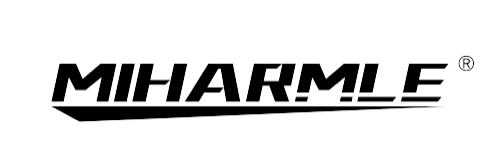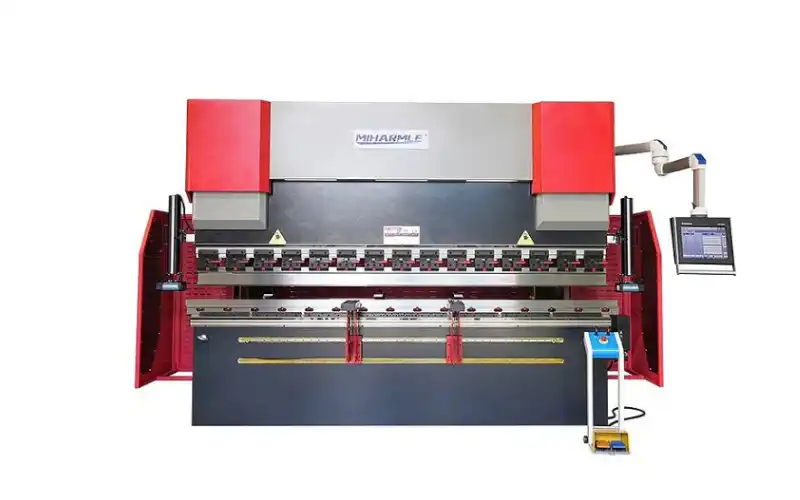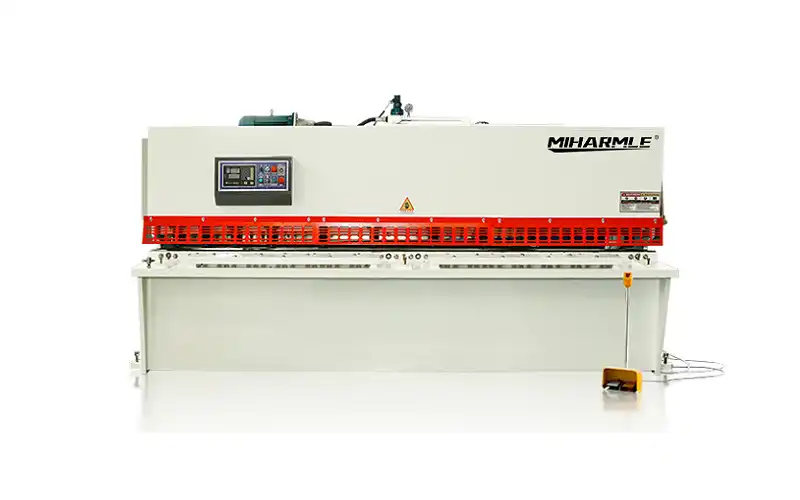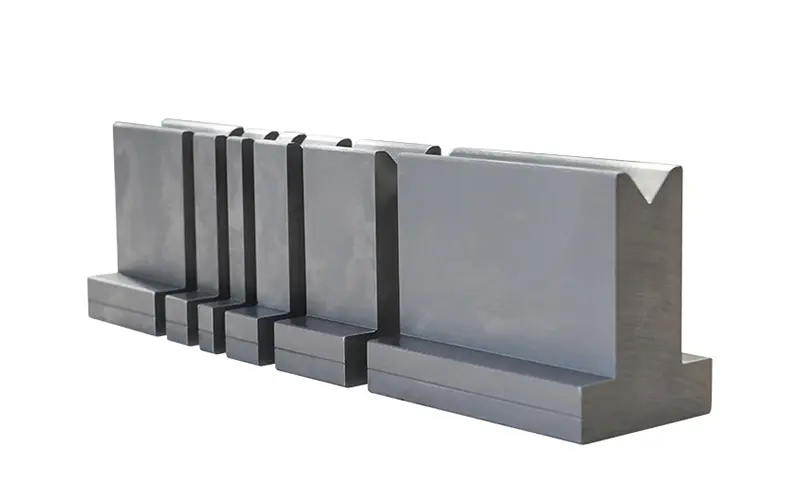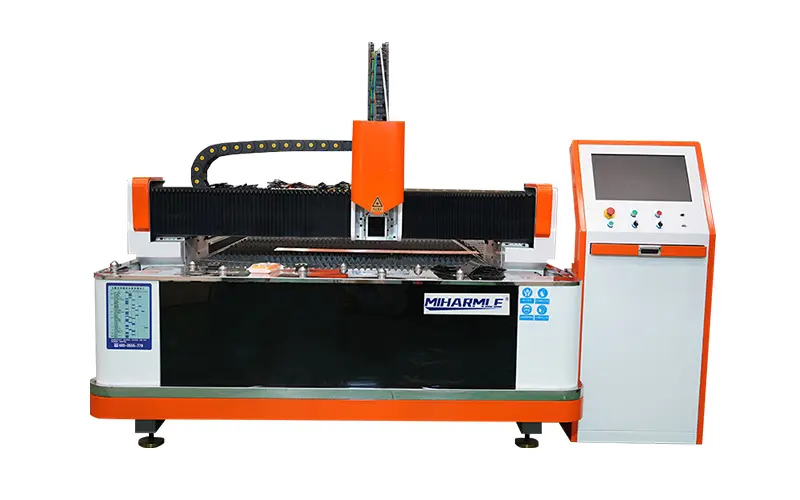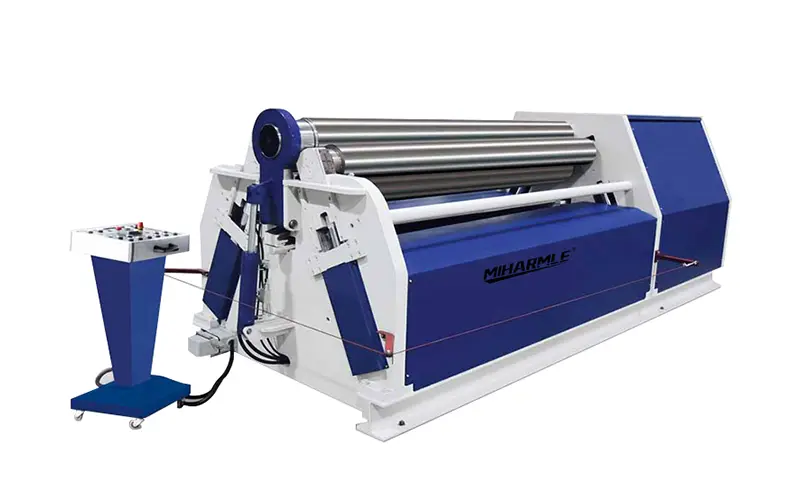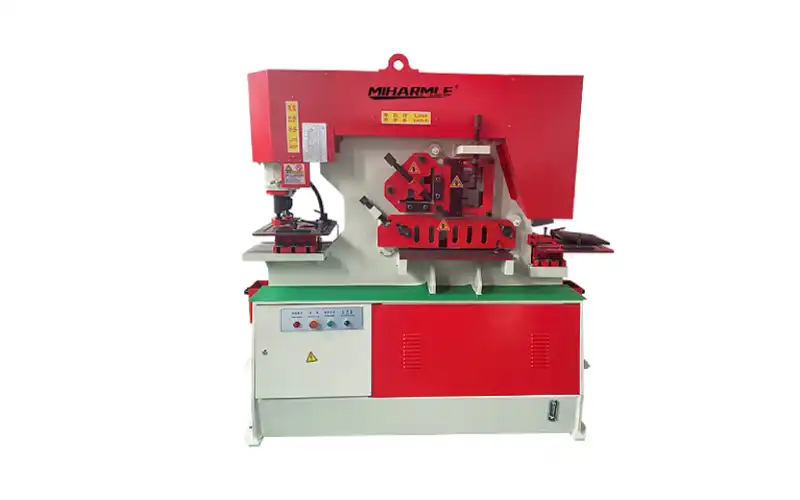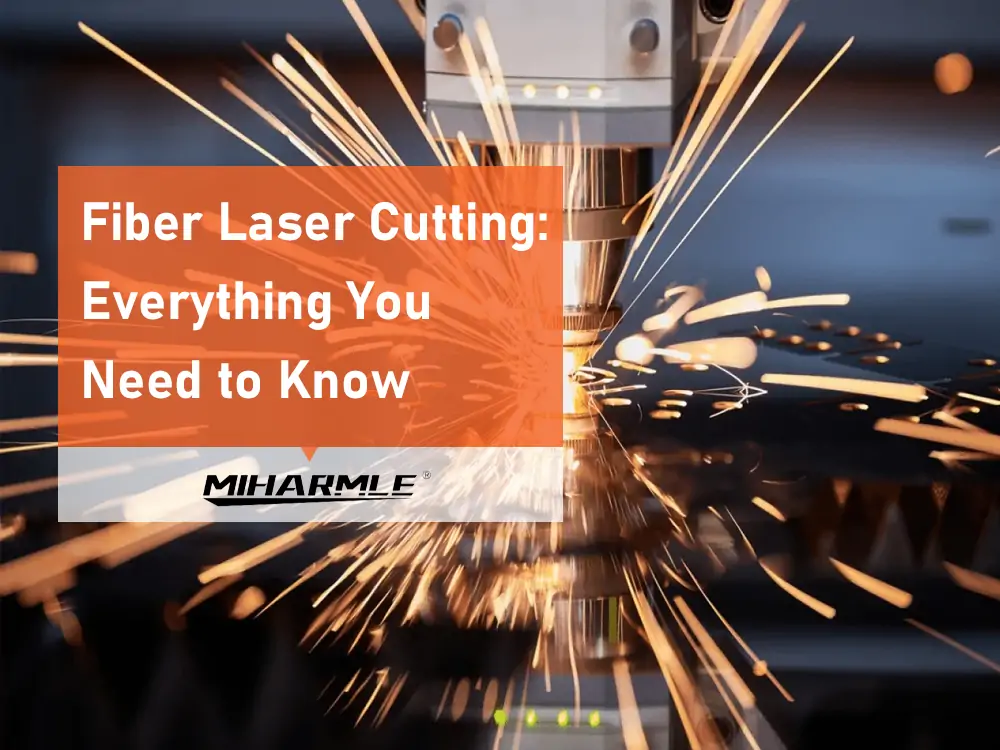Introduction
Precision and efficiency are paramount in today’s manufacturing world. With the industry’s fastest phase, there should be a machine that can keep up with the demand.
The fiber laser cutting machine takes center stage. This cutting-edge equipment is now the go-to for many industrial applications. Whether you’re involved in automotive production, aerospace engineering, metal fabrication, or custom design work, understanding the capabilities and advantages of fiber laser cutting can greatly enhance your production processes.
Take a better look at this piece of industrial marvel in this guide.
What is Fiber Laser Cutting?
Fiber laser cutting is a high-tech industrial method for cutting materials like metal using a laser beam. There are a few laser cutting types, but fiber laser is hailed as the most precise. Such precision is credited to using a fiber-optic cable to produce a powerful beam.
The laser’s fiber optic cable is doped with rare earth elements like Ytterbium for better beam amplification. While fiber lasers are most common for cutting industrial metals, depending on the setup, they can also cut non-metals.
How does Fiber Laser Cutting Technology Work?
A fiber laser cutter’s function follows the general working principle of all lasers. Its high-powered beam melts and vaporizes metals to create clean cuts.
The primary difference, however, is how the fiber laser cutting machine produces the intense beam. From the laser resonator, a fiber-optic cable directs the energy to the cutting head. Fiber lasers offer better efficiency and faster cutting than their laser counterparts.
They also use a gas jet, usually oxygen, to blow away the molten metal particles.
What metals can Fiber Laser-cutting Machines Cut?
Fiber laser cutting is generally compatible with ferrous and non-ferrous metals. This is evident in its wide industrial application as it can handle different metal types and thicknesses.
Here’s a rundown of metals fiber lasers are commonly used for.
- Mild Steel
- Stainless Steel
- Aluminum
- Copper
- Brass
- Titanium
- Galvanized Steel
- Tool Steel
Advantages of Fiber Laser Cutting Machines
There’s a clear upward trend favoring fiber laser cutting machines worldwide. In some market insights, its global market was valued at over USD 5 Billion and forecasted to almost double in 5 years. Thanks to its undeniable advantages, laser-cutting machines continue to be more popular.
High Precision And Accuracy
Inherent to all laser types is their cutting precision. In fact, it’s an attribute that would likely come to mind instantly when speaking about laser cutters.
Fiber lasers are no different. They can cut as accurately as 0.05 mm without noticeable deviation based on a specific setup. To put that into clearer perspective, that’s as thin as one human hair strand.
Versatility
Another area where fiber lasers excel is their wide application. They are one of the most versatile industrial cutters. Fiber lasers can slice through a wide range of metals and non-metal materials. This makes them ideal in various industries like automotive, medical, and aerospace. Besides cutting, this laser type is also compatible with engraving and welding works.
Low Maintenance Costs
Fiber lasers have a comparably lower maintenance value than other laser types. Besides having fewer moving parts, fiber lasers are also more energy efficient. Additionally, unlike CO2 and YAG lasers, they don’t need gas refills and mirrors. Their fewer consumables make the operation cost lighter on the pocket. Not to mention, laser diodes in fiber laser cutters last longer than those of other types.
Applications of Fiber Laser Cutting Machines
Besides working with various metals, the fiber laser’s versatility also rests in its various functions. Besides cutting, fiber laser cutting further offers more functions, making it a worthy investment.
Here’s where fiber laser cutters are most often employed.
Functions:
- Cutting metal and non-metal materials
- Engraving
- Welding
- Marking
- Drilling
- Cleaning
- Surface treatment
- Etching
- Texturing
Industries:
- Metal Fabrication
- Automotive Industry
- Aerospace Industry
- Medical Devices
- Electronics and Electrical Industry
- Signage and Advertising
- Jewelry Manufacturing
- Renewable Energy Industry
- Heavy Industry
- Food and Packaging
- Art and Decorative Items
Frequently Asked Questions
What are the differences between CO2 laser cutting and fiber laser cutting?
CO2 laser cutters are distinct from fiber lasers in several ways. One primary difference is their laser source. The laser beam from CO2 comes from a gas mixture energy source, while fiber lasers use a solid-state laser tech.
The laser wavelength for fiber lasers is also shorter, at 1.06 microns, compared to CO2’s 10.6 microns. This makes fiber lasers more compatible with metals, while CO2 is better for non-metals. CO2 lasers can’t match fiber lasers in cutting speed, quality, and efficiency. The only caveat is that fiber lasers carry a higher price tag than CO2’s.
How deep can a fiber laser cut?
The fiber laser’s cutting penetration still depends on specific materials. Generally, a fiber laser cutting machine can cut from 1 mm to 25 mm depth. Mild steel can be cut through 20-25 mm thickness. But with higher power fiber lasers, you can manage cutting a 30-40 mm thick mild steel sheet.
Here are the average depth fiber lasers cut in different metals:
Stainless steel: Up to 20 mm
Aluminum: Up to 16 mm
Copper and Brass: Up to 4 mm
Titanium: Up to 25 mm
These numbers are often the maximum cutting depth for fiber lasers. However, while they can accommodate these thicknesses, the cutting quality will still vary. Using the right laser power to effectively cut through certain depths is crucial.
How much do Fiber Laser Cutting Machines Cost?
Fiber laser cutters are not cheap, that’s for sure. Still, you have considerable options for an entry, mid, or high-end fiber laser machine. For entry-level, you are looking at a range of US$ 20,000 to 50,000. Mid-level machines will typically cost around US$ 50,000 to 150,000. And high-end fiber lasers can reach a hefty price tag of over US$500,000. Add the costly laser diode replacement and other operational and maintenance costs to that budget.
What safety precautions are required when operating a fiber laser cutting machine?
While fiber laser operation is generally automated, working with them poses risks and dangers. There are high chances of burns, laser radiation, and toxic fumes, to name a few. Hence, preventive measures must not be taken lightly.
Here are the safety measures you must observe when working with a laser-cutting machine:
- Laser Protective Eyewear
- Proper Ventilation and Fume Extraction
- Enclosed Cutting Area
- Proper Training and Operator Knowledge
- Signage and Warning Labels
- Fire Safety Measures
- Electrical Safety
- Material Handling and Machine Set-Up
- Machine Maintenance and Inspection
- Emergency Stops and Shut-Off Procedures
- Noise Control
